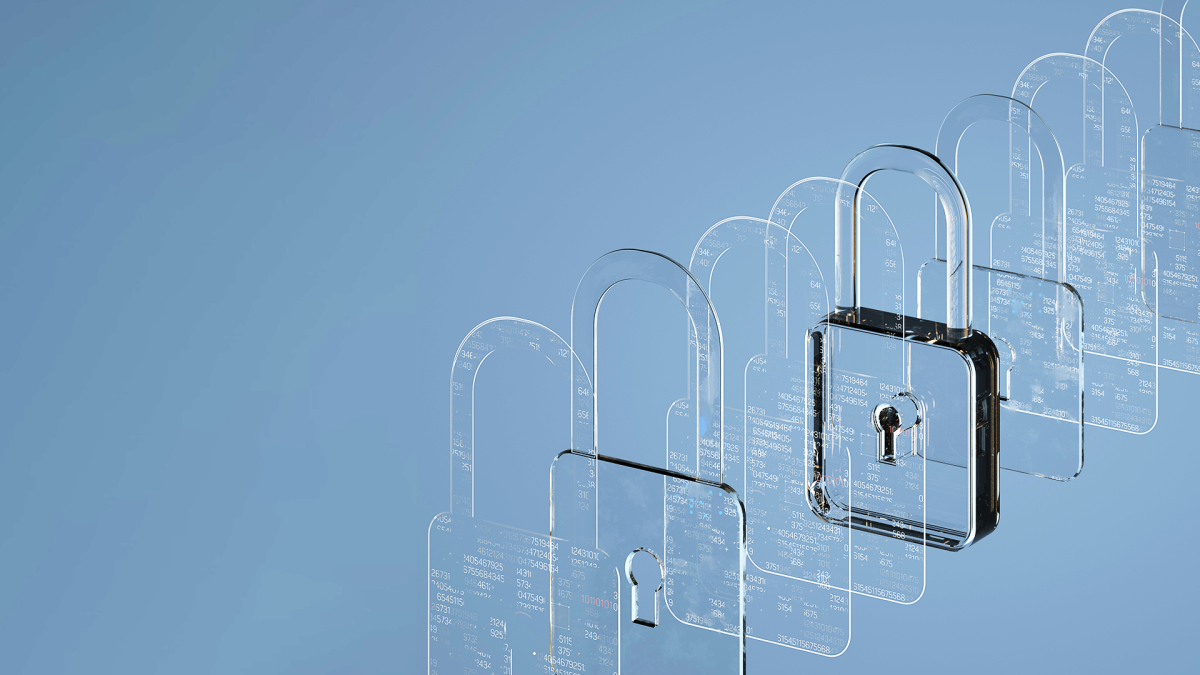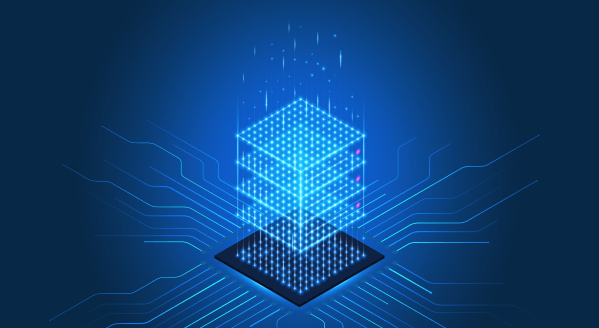- Sponsored
- Modernization
How the pandemic created opportunities for IT modernization at scale

Juliana Vida, a retired U.S. Naval commander and former deputy CIO at the Pentagon, is Group Vice President and Chief Strategy Advisor for public sector at Splunk.
The public sector has spent the better part of the last three decades talking about the need to be nimbler and more innovative, and to think differently about technology and business processes.

Juliana Vida, Group Vice President and Chief Strategy Advisor, Public Sector, Splunk.
And while so much positive change has been accomplished thanks to the vision, drive and commitment of public sector IT professionals, it was the COVID-19 global pandemic that introduced new operating models for government IT that are structural in nature and likely permanent.
The pandemic forced change upon every federal, state and local government entity literally overnight. However, the necessity of rapid change gradually gave way over the course of the last 18 months to significantly accelerated and improved planning and decision processes. The orthodoxies of the past that too often stalled forward momentum on modernization projects were suddenly replaced with a new way of thinking, where modern IT systems with baked-in security are no longer pipe dreams, they are necessities that are well within reach.
How did this change in mindset occur?
The wholesale shift to remote work is certainly part of the answer but it doesn’t tell the whole story. A better answer can be found in the shared experience of millions of public sector workers who suddenly found themselves exposed on a more personal level to the inefficiencies and dangers of legacy systems. The pandemic revealed the risks of not having good cybersecurity hygiene on a personal level like never before.
At the height of the pandemic, as public sector employees adjusted to virtual environments, they became more aware of the cyber risks introduced into their home networks.
Cybersecurity was no longer some nebulous concept bandied about by techies, but a central part of everyone’s responsibility. Cybersecurity became real for people, and they have adopted the mindset of ensuring that security is baked-in to whatever software or device is being used.
However, as we begin to transition from full remote work to some form of remote-office hybrid operating model, it is clear that some of our old ways of thinking can be more difficult to root out than others. For the first time in a long time, public sector IT leaders have access to funding for modernization efforts through either the Technology Modernization Fund (TMF) or through the American Rescue Plan. Yet, far too many organizations have continued to spend as much as 75% of their IT budgets on maintaining legacy systems. This is no longer sustainable.
We must take this opportunity to eliminate wasteful spending by emphasizing the art of the possible and how their organizations can in fact implement powerful new capabilities more quickly than they might have imagined.
Government must recognize that in one important way it is no different than society at large —there is no going back to business as usual. The pandemic has fundamentally altered too many aspects of daily life for that to happen. But that’s not a bad thing. It’s an opportunity.
Post-pandemic government is an opportunity for IT modernization at scale. It is an opportunity for developing a more nimble, innovative and skilled workforce. And it is an opportunity to ensure cybersecurity is no longer an afterthought, but a driving force behind our technology decisions.
COVID-19 forced massive change upon the world. And as terrible as the experience was, it may have been the force necessary to introduce meaningful and lasting change to the way governments interact with and serve their citizens. Many in the public sector have embraced these changes and their agencies are better for it. The time to think in terms of the art of the possible is now.
Learn more on how Splunk is helping federal agencies modernize for the future.






